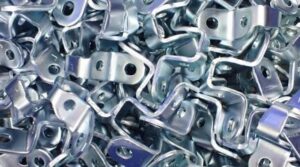
Plating and Other Finishing Options for Sheet Metal Fabrication
Surface finishing is an essential step in sheet metal fabrication. Even if a part is cut, formed, and welded perfectly, its performance and look still
We regularly update articles related to the manufacturing industry.

Surface finishing is an essential step in sheet metal fabrication. Even if a part is cut, formed, and welded perfectly, its performance and look still
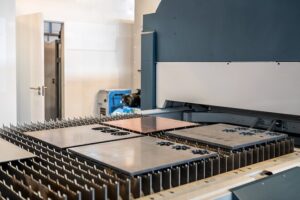
Rising fabrication costs can strain any project. These expenses often stem from material waste, inefficient designs, or slow production. High costs not only affect pricing
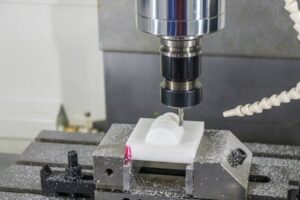
CNC machining is a great way to make precise parts, but costs can rise quickly if small details are overlooked. Many engineers and designers focus
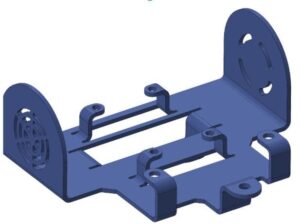
Controlling common sheet metal design pitfalls is one of the best ways to save time, reduce scrap, and produce parts that perform well. Design for
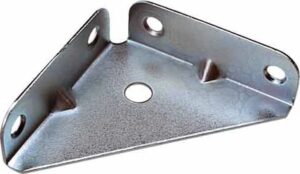
Many sheet metal assemblies encounter the same problems. Parts can be difficult to put together, joints may not hold well, and costs often go up.
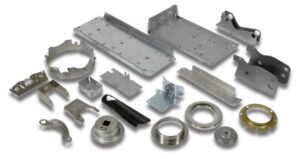
Sheet metal is used everywhere—from equipment panels to electronics enclosures. Yet many designs still face the same problems: higher costs, wasted material, and harder-to-assemble parts.
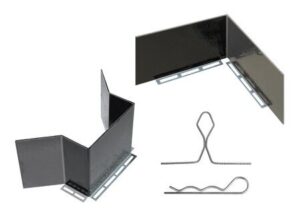
Designing sheet metal parts can be frustrating. Small mistakes in the design often waste materials, increase costs, and cause delays. Engineers and manufacturers frequently face
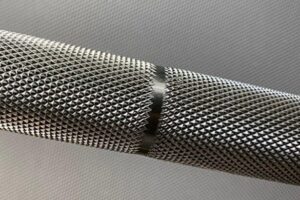
Knurling is a machining process that creates raised patterns on metal surfaces. It improves grip, adds a decorative touch, and can help with press fits. The method uses special tools to roll or cut patterns directly into the material.
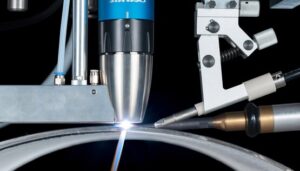
Plasma arc welding is a process that uses a focused arc to create a very hot plasma jet. This jet melts the metal and forms the weld. Depending on the setup, the arc forms between a tungsten electrode and the workpiece or between the electrode and a nozzle.
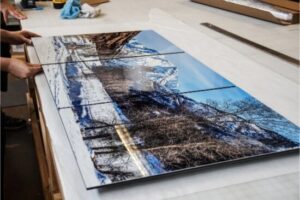
Sublimation printing is a process that turns solid dye particles into gas without going through a liquid stage. This happens when heat and pressure are applied. The gas penetrates the polymer coating on the metal surface and locks the dye molecules inside.
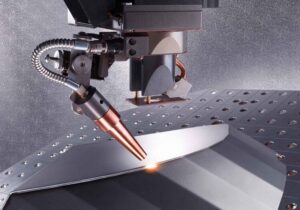
Medical welding joins metal parts used in healthcare devices. It is very different from regular welding. The parts are smaller, and the demands are much stricter. The goal is to create strong, clean, and reliable joints. These joints must handle sterilization and, in many cases, direct contact with the human body.
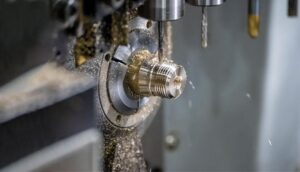
The best turning operation depends on your part’s shape, the surface finish you need, and the production volume. Rough turning removes a lot of material quickly. Finishing turning makes the surface smooth. Taper turning, contour turning, and threading create specific shapes. Boring and grooving handle internal and external cuts. Each type has a clear purpose.
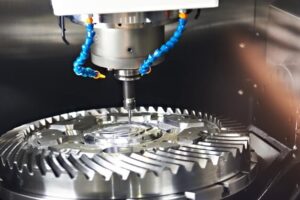
Milling operations describe how a machine cuts, shapes, and finishes materials. Each type has its own use and benefits. Common operations include face milling, peripheral milling, slotting, and using a mill for drilling. Some operations focus on surface finishing, while others remove material quickly or shape parts.
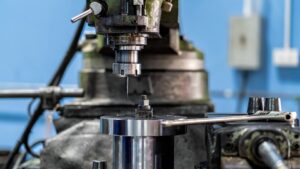
Manual milling is the process of shaping a workpiece with a milling machine operated by hand. The machine uses a rotating cutter to remove material and form flat surfaces, slots, holes, or more complex shapes. Unlike CNC milling, which follows computer programs, manual milling relies on the machinist’s skill and adjustments.
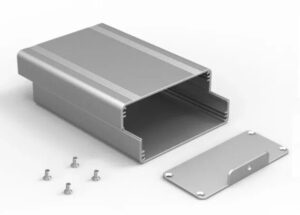
6063 aluminum is one of the most common alloys in the 6000 series. It offers good strength, strong resistance to corrosion, and a smooth surface finish. Its mix of mechanical and chemical properties makes it popular in industries where both performance and appearance are essential.
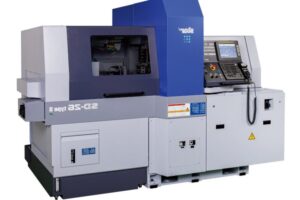
Lathes come in different types, each with a specific role. Engine lathes handle general cutting, while turret lathes improve speed for repeated parts. CNC lathes bring precision and automation. Specialized lathes, such as toolroom or vertical lathes, handle unique tasks. Each type serves different production needs and part sizes.
We will contact you within 1 working day, please pay attention to the email with the suffix”@goodsheetmetal.com”